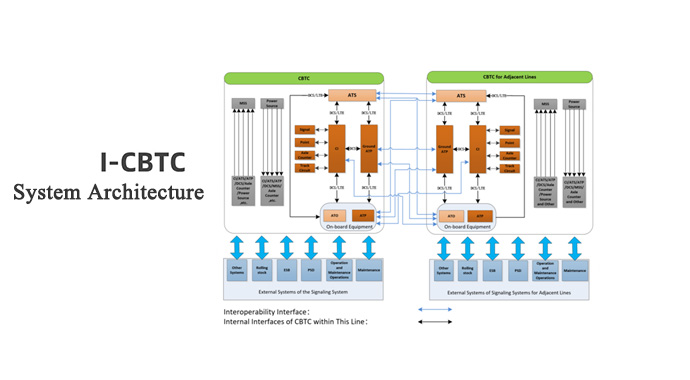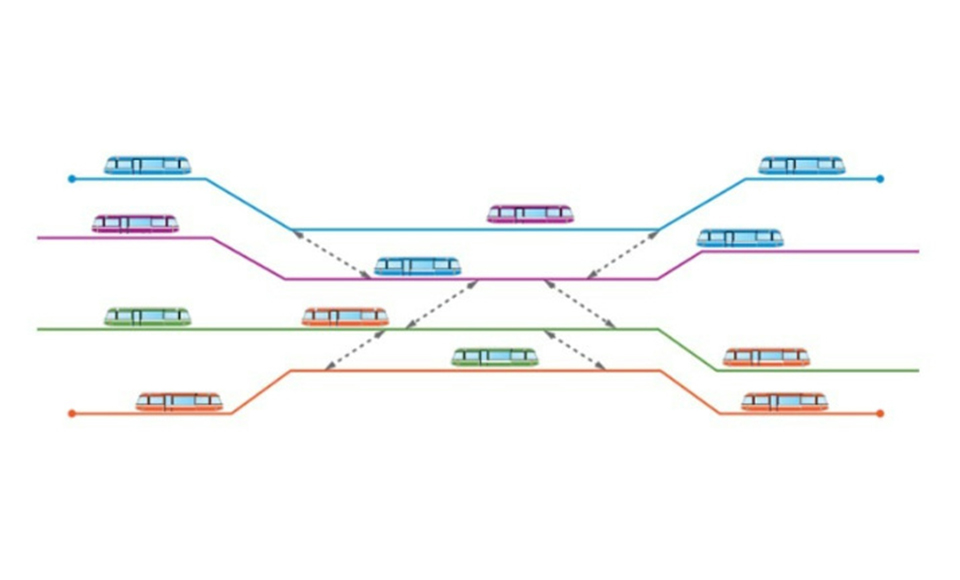
Background
The expansion of urban rail network has increased the demand for cross-line operations; while traditional CBTC systems, which are limited to single lines and fails to achieve compatibility or coordination between different signaling systems, proves inefficient cross-line operations and inconvenient transfers. Therefore, the development of an interoperable CBTC system has become an urgent need.
Policy documents related to CBTC systems from the Ministry of Transport, as well as the T/CAMET 04010-04013 specifications issued by the China Association of Metros, including aspects such as interoperability systems, interfaces, testing, and engineering, provide guidance for the development of the industry.




